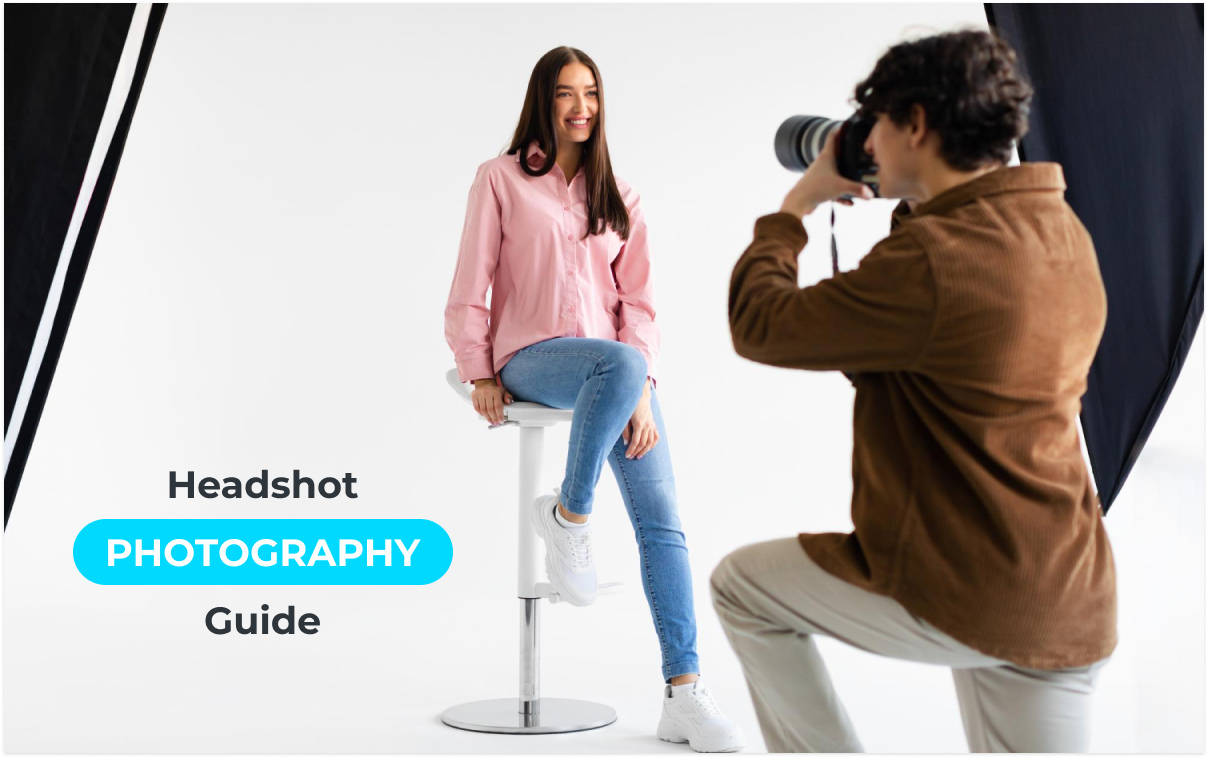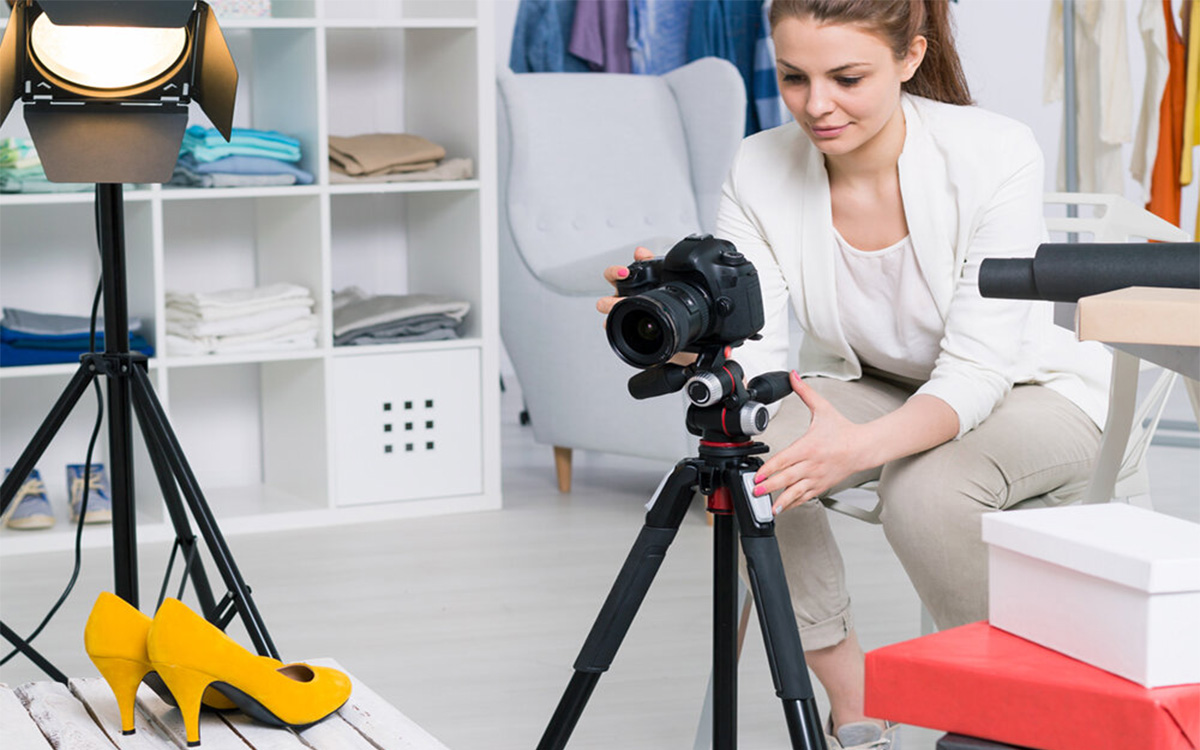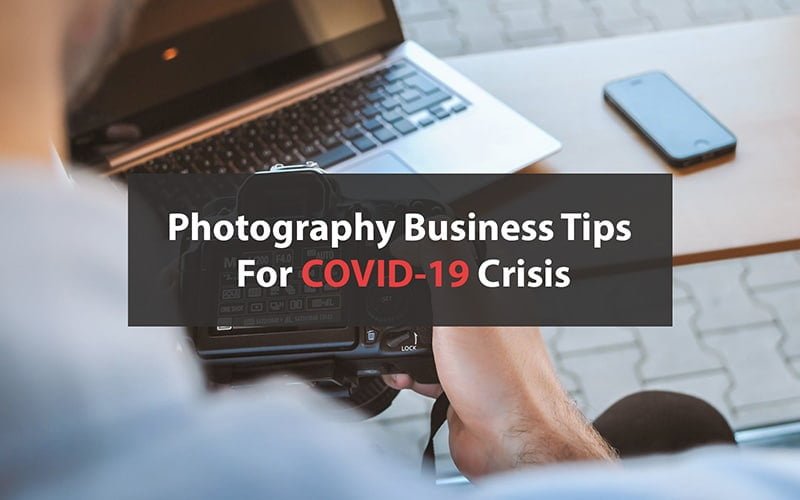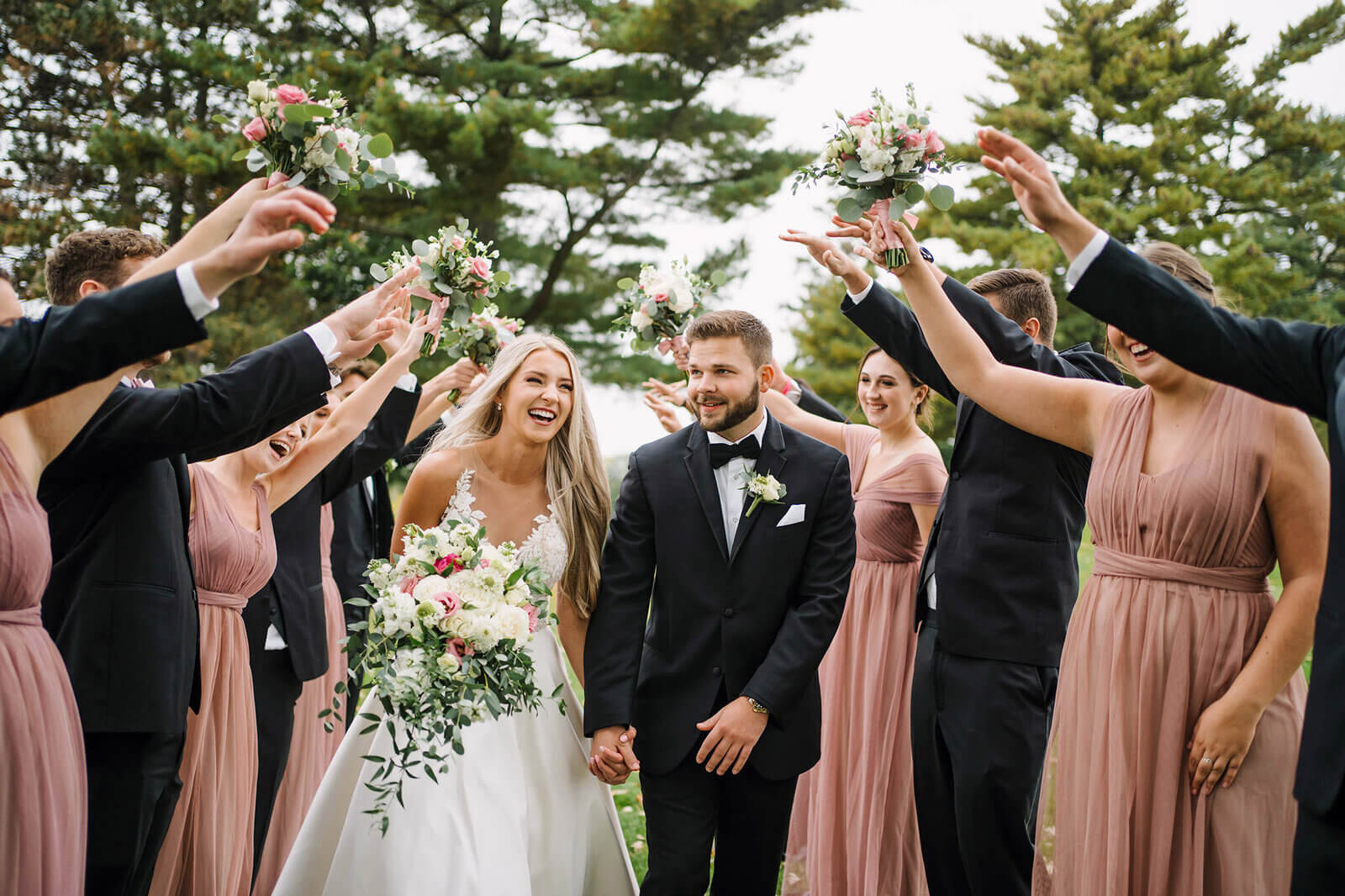Headshots are very big business, moreover, in the market I currently operate in (New York City). Despite the rise and proliferation of AI headshots, I still regularly get requests from clients (both new and current alike) for headshots in both the corporate as well as acting realms; both of which can be extremely lucrative and both of which are extremely competitive.
While camera gear, and professional gear at that, can seem fairly expensive, it’s still a relatively small expense when compared to the cost of starting a conventional business. I once walked into a coffee shop I used to be a regular and had my camera slung over my shoulder and in tow. The owner of the coffee shop asked me how much both the lens and body cost. The lens itself was $1,200 and the camera was around $3,500. He whistled and remarked that he wouldn’t want to be a photographer, given the cost of equipment.
My response was to ask him how much it cost him to gut-renovate the space that he was currently in, turn it into a coffee shop, and purchase the machinery and equipment he needed to make it into an inviting space for customers.
He just looked at me for a few moments before responding ‘Point taken.’
And so, with this said, if you’re either thinking of starting a headshot photography business, just starting out, or even are already at an intermediate level, this helpful headshot photography tips and guide (from a very experienced and seasoned NYC headshot photographer) will discuss some of the more important aspects of headshot photography and help you get your bearings in a field that can be extremely lucrative, provided you can navigate it to a modest degree of success.
What you’ll learn in this article
Headshot Photography Tips with Detailed Equipment Guide
A Camera Body and Lens
At the very least, a barebones setup is going to require a camera body and a lens and you can get away with just those two things for headshots (you’re welcome to view samples of my own work at Headshots NYC). You’ll be at the mercy of atmospheric or environmental lighting, but with just those two pieces of equipment, you can technically start a headshot business. You may have a little difficulty gaining traction at first, but you can at the very least take some fairly capable headshots if you can at the very least get acquainted with some fairly simple lighting scenarios.
If using only a camera body in a lens, you’re going to be at the mercy of:
- The weather (and by that I mean the sun), if you’re outside
- The availability and placement of windows, if you’re going to be shooting
indoors.
One common factor amongst both of these is that you’re going to need to be in a place with even lighting. If this is outside, it means you are going to have to be somewhere within a shaded area (direct sunlight won’t work). If indoors, you’re going to need to be next to or in front of a window.
The Lens Itself
85mm is generally regarded as the best focal length for headshots, though to be honest anything at that and above is going to suffice. The reason you want to start at 85mm for headshots is because headshots are pretty tightly cropped, and going in that close to a subject with anything less would cause distortion. Lenses I personally use for my headshots are the 85mm Sigma ART 1.4 F Mount, the 70-200 Nikkor 2.8 F Mount, and the 110MM Fujinon Macro for my Fuji GFX 100S.
Modifying the Light – A Step Further
If you’ve taken headshots using a camera body and lens and feel like you’ve acquainted yourself with available/atmospheric lighting and want to take things a step further, a reflector is going to open up a whole new world of possibilities for you; especially when it comes to adding a degree of professionalism to your shots.
The Reflector
Reflectors come in all shapes and sizes (literally they come in squares, rectangles, triangles, and most commonly circles) and as well a variety of colors and finishes – the most common being white, silver, and gold. White is going to far and away be the most commonly used color when it comes to use.
Early on in my career, I really had no idea what the difference was between the silver side and the white side and often-times defaulted to using white – because in my mind the silver side reflected more light and more light must be a good thing, correct?
That was a misnomer in my thought process, however, and while the amount of light reflecting on your subject and filling in those shadow-tones / mid-tones is important, it’s more about the quality of light than the amount of it. Light reflected back on your subject from a silver surface is going to be much harder and more specular (a specular highlight is the bright spot of light that appears on shiny objects when illuminated). This type of light is usually much more specific to purposes not generally associated with conventional/Commercial Photography and is going to be found in more stylized / fashion-oriented situations.
The white side of your reflector is going to bounce much more natural-looking light onto your subject and, if positioned properly, will make for a much more natural and pleasing aesthetic.
Positioning
Early on in my career I also didn’t have the greatest grasp on where exactly I needed to position the reflector and oftentimes put it parallel to my subject’s face, but on the other side of the main light source. This isn’t exactly wrong, but it’s also not exactly right.
Lighting is coming from overhead in 99% of situations, and not strictly from the side of the subject, so ideally what you’d do is place the reflector more underneath your subject’s chin, bouncing light up under his face. This will professionalize the image considerably.
Lighting
Lighting is everything in photography and is too comprehensive a topic to be covered fully within the scope of this article. This being said, below are a few of the more fundamental lighting principles you should be using in your headshot photography.
Size
The size of your light is going to determine how soft the lighting on your subject is and, as well, how much of your subject is covered. Given that you’re taking a headshot, the size of the light you choose doesn’t have to be monstrous for you to achieve good results, and once you get to a certain level, you’ll start choosing the size of your light with a great deal of intention behind the look you’re trying to achieve.
Earlier on in my career, it was common for me to use light modifiers that were around 38” and above.
Type of Modifier
Softboxes and umbrellas are the two most common types of lighting modifiers for headshots. In the event that you find yourself using an
Umbrellas
Lighting umbrellas come in a variety of sizes and fabrics but can be divided into two categories. There are lighting umbrellas with semi-translucent fabrics that allow light to pass through and there are lighting umbrellas with more opaque fabrics designed to bounce light off the interior and onto your subject. This difference is referred to as incidental (bounced light) versus direct (where it’s passing through) lighting.
The two main types of umbrellas for incidental, or bounced light, are silver versus white. If you’re just starting out, white is going to be your best first investment and the most widely used as, once again, silver is going to be a bit punchier and more specular and as well not going to be the best option for clients that are 40+. Once again, umbrellas with white interiors are going to offer you the softest lighting and are going to have the most application for your money.
The same as well can be said about shoot-through umbrellas – they once again offer silver fabrics and white fabrics, though white is going to be the most widely used and the most versatile.
Softboxes
Softboxes, far and away the most commonly used and popular form of lighting modifier, industry-wide, come in three shapes: rectangular, square, and circular. Each shape has its use, but circular has grown into the defacto choice for portraits and a couple of different reasons. For starters, the catchlights (the reflection of the light source in a person’s eye and a thing you’ll come to learn are a big part of portraits) are circular and perceived to be more natural-looking than square shapes. As well, I find that the lighting pattern and shape that falls on the face is a bit more natural looking; as opposed to the straight line a light falls off in when using rectangular or square.
This being said, I use circular lighting modifiers (called Octa-banks or Octaboxes, if you want to get technical) as my primary light source but typically use rectangular or square ones for my fill (key and fill lighting is a very comprehensive subject, and too large for the purpose of this article, but if you’re wondering what I’m referring to, I advise you to look into the subject at the conclusion of this article).
And with shapes out of the way, you should know that softboxes come in a huge variety of sizes – with some going as small as 20” and below, to massive light banks that measure 10’ x 30’ (typically used for automotive photography) that cost upwards of $16,000.
For portrait and headshot purposes, I find that I typically tend to stay between 34(ish)” to 53” for my portraits, depending on the look I’m trying to achieve.
Software
A lot of people getting into the industry tend to automatically view Adobe Lightroom as the go-to for any and all professional photography, but as my career grew and my work progressed, I evolved into the use of Capture One for my portrait work and I really never looked back.
This being said, both Adobe Lightroom and Capture One make fine choices for developing your raw files and are really the only two pieces of software I’d personally recommend. Are there other options out there? I’d imagine there are a number of third-party developers trying to carve out a space in the industry, but Lightroom and Capture One are pretty much the only selections I’d seriously ever consider using.
Capture One is a bit more advanced than Lightroom and offers a bevy of options that you may not be familiar with early on in your career, so for this reason I’d advise starting off with Lightroom and using that until you feel comfortable enough to dabble in Capture. The best way to describe Capture is that it’s sort of like Photoshop for raw files – and a masking tool paired with a Wacom tablet is unrivaled.
An Oft-Overlooked Topic: People
Far and away, the most difficulty you’ll have when starting out is simply finding people to take photos of. At first, you’ll likely reach out to friends and family and ask them if you can take their photo, and if you’re an industrious person you may even approach the random interesting looking stranger or two and see if you can set up a photo session with them (I’ve seriously done this), but after a while, the returns on this approach are pretty few and far between.
This being said I started my career off in photography very literally by offering free headshots on Craigslist. The title read, in fact, ‘Free Headshots.’ I did this for a couple of different reasons:
1. I had no portfolio at the time and photographers at the beginning of their careers all face the same catch-22; to get a portfolio, you need clients. To get clients, you need a portfolio. See where that goes? Round and round. By offering free headshots on Craigslist, I was getting 10 emails a day from people all over New York City; many of which were actors and musicians and that had looked interesting enough to make for a rather fine portfolio.
2. To figure out what it was exactly that I was doing. I had no real experience as a photographer, and doing free headshots with people off of Craigslist for a few months helped me cut my teeth and get some experience. I can’t recommend this approach enough.
I will say, however, that there are a lot of, ahem, weirdos on Craigslist, and so if you want to try a similar approach but with people who are a little more vetted, you can go ahead and spend $25 for a similar post on www.backstage.com; a casting site for actors. You’ll get tons of responses.
Summary
The world of headshots is massive and competitive, but also rewarding and lucrative. There’s a lot of ground to cover within it, but hopefully the above will offer you some insight on what’s needed to get started. If I had to think of three main topics to cover when first getting into the field, remember:
1. Camera body and lens focal length (sounds obvious, but these two choices
play a big role).
2. Lighting (Softboxes, Umbrellas, and Environmental)
3. Getting people to shoot
Place an emphasis on these three things and you’ll be well on your way to making it as a professional in the world of headshot photography.



